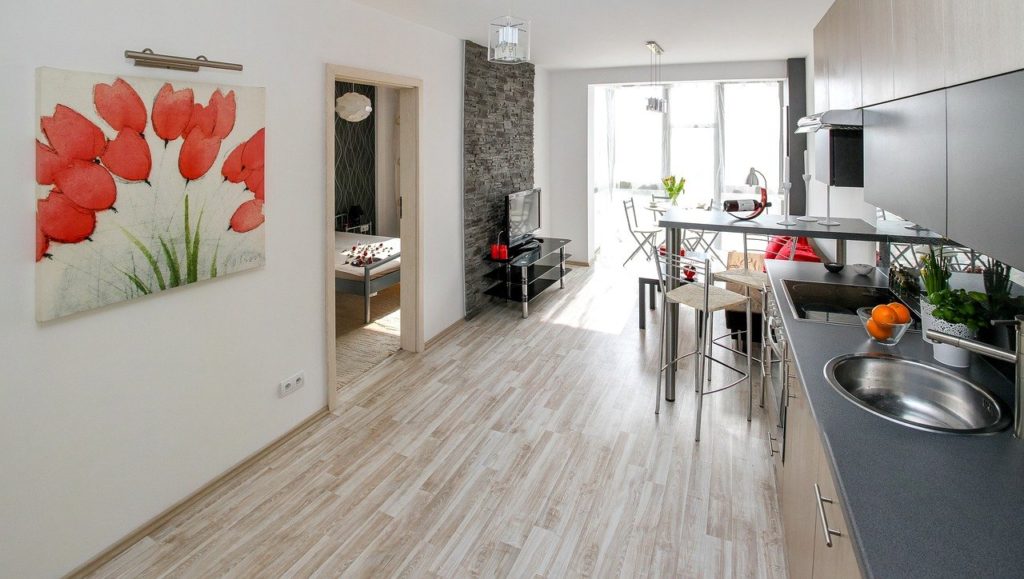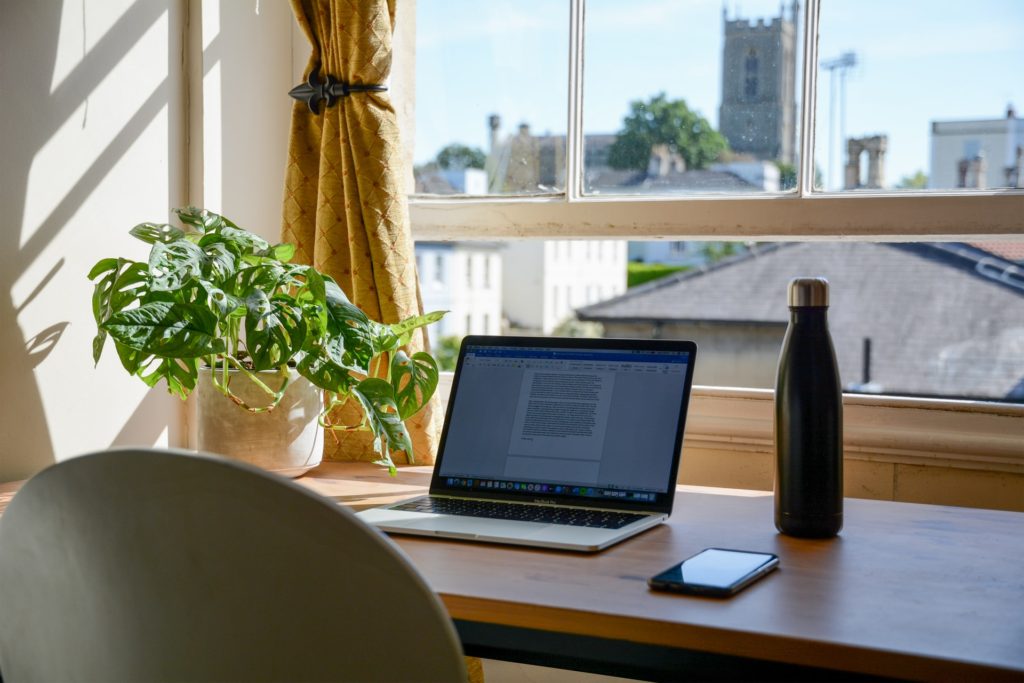It seems like everyone is talking about downsizing lately, and for good reason.
People are looking for ways to save money and focus on living a life free of clutter. They’re moving into town to be closer to entertainment, food, and shopping.
But first, it’s important to plan.
These three tips from Seth Murphy will help you downsize from a suburban home to a smaller townhouse, condo, or apartment in the city.
Who is Seth Murphy? Seth Murphy first dabbled in DIY projects because it was cost-effective, but it quickly became a passion and hobby. He hopes his blog, Papa DIY, will help you with your own projects and encourage you to take a chance at tackling a hands-on project.
1. Figure Out How Much Space You Need
Downsizing means moving into a smaller, more affordable place that is easier to maintain. But to avoid moving into a place that’s too small, determine how much space you need. Think about the rooms you spend the most time in, and which activities you enjoy doing at home. If you love to cook, for instance, ensure your new place has a kitchen and dining area large enough to suit your needs.
You can make up for the extra square footage in these rooms by finding a place with smaller bedrooms or fewer total rooms. On a similar note, consider your future goals to determine what size your new home should be, including whether you plan to have children or will soon face an empty nest.
Next, measure the furniture you want to keep so you can pick an appropriately sized home. If you need to accommodate a large table because you host holiday gatherings, will your new home accommodate it? The Plan Collection recommends looking for homes within a specific square footage range and then using floor plans to sketch where your furniture will go to make sure you can fit everything into the smaller place. This is helpful for people who can’t decide which furniture to keep, too, because it forces you to determine which pieces you can live without.
2. Get Organized to Confirm the Amount of Space You Need
Supposedly, goldfish grow to suit their tank. People are similar because we continually add stuff to our lives that we don’t need just to fill our homes. The prospect of downsizing all that stuff is daunting, even for the most organized people, but that’s exactly what needs to happen to fit into a smaller home. You probably have filled your suburban home to the gills, and now you have to decide what to keep and organize it so you can confirm the amount of space you need. Keep in mind that there is some stuff you should never throw out, according to House Beautiful.
One of the best ways to downsize is going through your home one room at a time and honestly surveying your stuff. What can you live without? What have you not used for at least six months? What would you not save if there were a fire? Use these tough questions to take a hard look at your stuff and decide what to keep, trash, donate or sell.
If you start this process and find that you still have far too many belongings for a smaller home in the city, it’s time to enlist the help of a professional home organizer. You’ll be astonished by how quickly a home organizer can help you sort through your stuff, and the amount of time you’ll save is well worth the cost.
Your next step is to find qualified local movers in your area to move you into your new home. Before you start getting quotes from moving companies, you can evaluate them by reading feedback and testimonials from past customers. You can also look into which companies are currently offering discounts on moving services.
3. Know Your “Why” and Stay Focused
Downsizing is a process that will take time. It’s easy to give up and stay in your large house outside the city. But remember why you’re wanting to make the move, including nixing a large house payment, expensive insurance, and higher taxes and utility bills.
If you don’t have the privilege of working from home, downsizing to the city will likely save you time on your commute, put you in a convenient location, give you access to nightlife and entertainment, and give you amenities you likely can’t find in the suburbs.
Downsizing will save you time and money. You just need to carefully choose a new home of the right size and get organized. Then, start enjoying the perks of living in a smaller home.








